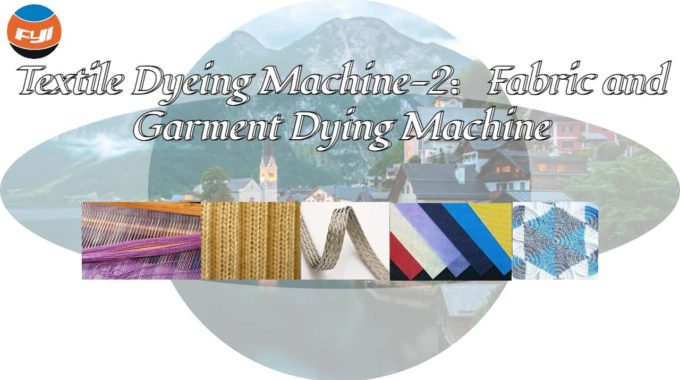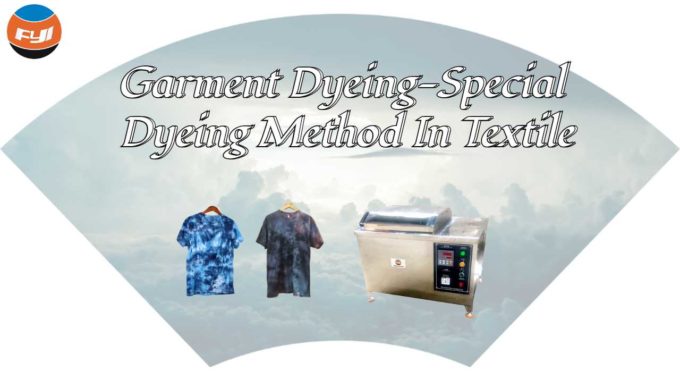
Unlocking the Secrets of Jigger Dyeing: A Comprehensive Guide to Our Advanced Machines
In the dyeing and weaving industry, the jigger process plays an important role in the entire fabric processing process. This process mainly involves dyeing the fabric evenly by jiggering the fabric multiple times in the jigger. The jigger is the machine that performs this dyeing process. This article will explore the types of jigger dyeing machines in our company and the differences between different jiggers.
Atmospheric
Atmospheric jigger dyeing machine is a kind of equipment that performs jig dyeing under the condition of 100℃ or below. Usually, the highest temperature of this kind of machine can reach 98℃, which depends on the requirements of dyeing process. It is divided into two types below, one is the normal temperature jigger dyeing machine for laboratory use, and the other is the normal temperature jigger dyeing machine for mass production.
JR350 lab jigger dyeing machine
As a normal temperature jigger specially designed to meet the dyeing and finishing enterprises’ need to test dye formulas before mass production, it is very small, only 1,090×800×1,020mm, and the experimental process is short, which is convenient for operators to change dye formulas. By simulating the temperature, tension and speed required for dyeing in actual production, the probability of operators obtaining the correct dye formula is further increased, reducing losses.
JRN series normal temperature jigger dyeing machine
This machine consists of the following parts:
Liquor vat: Located under the cloth roller, it contains dyeing liquid. During winding, the fabric passes through the liquid at the bottom of the dyeing machine.
Main rollers: The cloth roller is the core component of the machine. It consists of two rollers that work alternately. After the fabric is unloaded from one roller, it will be rolled to the other roller.
Expander frame: Used to control the tension to ensure that there are no creases in the fabric during the dyeing process.
Top cover mechanism: The machine will be covered when it is running. There are 2 observation windows for convenient observation of the dyeing status of the fabric.
Circulation system: The circulation system includes a circulation pump, a circulation pipeline, a filter device and a set of valves for the circulation of dyeing liquid.
Debatching device: After the fabric is dyed, it is unloaded from the cloth roller.
Control system: Controls the temperature, speed and other systems.
In addition, there are optional accessories such as chemical tanks and heat exchangers.
High temperature and high pressure
Generally speaking, the uniformity of high-temperature dyeing is better than that of normal-temperature dyeing. Because at high temperatures, the thermal motion of the molecules of the substance is enhanced, the dye molecules are easier to penetrate into the fiber, adhere more tightly, and the dyeing effect is more uniform. Normal-temperature dyeing takes a long time to achieve the dyeing effect, and some fibers may not be easily dyed, resulting in uneven dyeing. However, during the dyeing process, high temperatures may also damage the fibers and reduce the fiber strength, so the specific choice of dyeing method should be considered according to the actual situation.
JPHP series high temperature jigger dyeing machine (AUTO Vessel Push forward type)

This is a dyeing machine suitable for dyeing polyester and other fabrics under high temperature and high pressure. By heating and pressurizing the dye liquid, the dye liquid can quickly penetrate into the textile, improving the dyeing effect. During the dyeing process, the temperature and pressure of the dye liquid can be kept stable, making the dyeing effect more uniform.
JPHC series high temperature jigger dyeing machine (sliding door type)
This is also a jigger dyeing machine that dyes under high temperature and pressure. The difference from the JPHP series is that its drum is manually slid and the material used for the drum is also different. The specific differences are as follows.
The differences between JRHP SERIES and JRHC SERIES
| Model | JRHP SERIES | JRHC SERIES |
| Vessel material | Material: SUS304 stainless steel Corrosion resistance: excellent; Long service life: at least 10 years; Higher cost. | Outer surface: carbon steel Inner surface: 1.5mm SUS304 stainless steel Corrosion resistance: poor; Shorter service life: only about 1~3 years; Lower cost. Not suitable for the dyeing of fabrics with chlorine bleaching process. |
| Vessel open or close method and locking mode | Automatic control: Adopt pneumatic security locking system and manual safety lock; motor driven cylinder switch; High efficiency: It takes only 5 minutes for one vessel switch, which is about 1% of the total time of one dyeing; Convenient operation, easy to clean: After the vessel is opened, the liquor vat, main rollers, etc. are completely displayed, the operation space is spacious, and it is easy to clean and overhaul the liquor vat and main rollers; Large space occupied: Need to keep enough space for the vessel to open. | Manual operation: The sliding door needs to be manually opened and closed along the guide rail by manual bolt locking method; Low efficiency: In a dyeing program, it takes at least 45 minutes to open and close the horizontal sliding door, which accounts for about 15% of the total duration of a dyeing session; Restricted operation and not easy to clean: The space for personnel operation is limited to the horizontal sliding door area. Personnel must enter the inside of the vessel when the liquor vat, main rollers and other need to be cleaned and serviced; Small space occupied: suitable for environments with limited space. |
| Material of parts in contact with dye solution | SUS316L stainless steel Corrosion resistance: better than 304 stainless steel; Suitable for all fabric dyeing. | SUS304 stainless steel Corrosion resistance: poor; Not suitable for fabrics that require strong acidic dyeing, such as Tencel, etc. |
Here are other articles about jigger dyeing machine you might be interested in:


